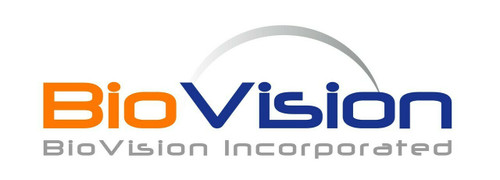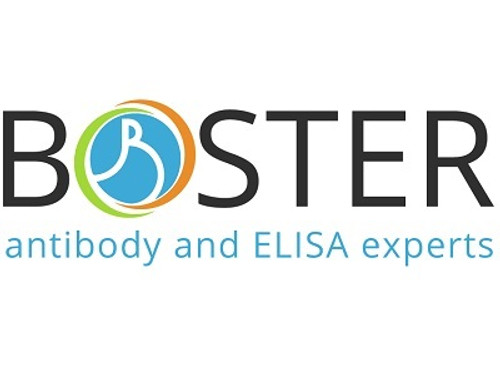Product Description
Endostatin has been identified as a C-terminal fragment of Collagen type 18, a recently identified member of a family of collagen-like proteins referred to as multiplexin family Endostatin specifically inhibits proliferation of endothelial cells although it does not affect the proliferation of EOMA cells. Endostatin also potently inhibits angiogenesis and tumor growth. Endostatin has an important role in endothelial cell adhesion and cytoskeletal organization. Endostatin can be found in vessel walls (elastic fibers) and basement membranes. Recombinant Endosatin expressed in yeast causes G1 arrest of endothelial cells, and endostatin treatment results in apoptosis of HUVE and HMVE cells. DESCRIPTION: Recombinant Human Endostatin produced in Pichia Pastoris is a single, glycosylated, polypeptide having a total molecular mass of 20,000 Dalton C-terminal fragment of collagen XVIII that has been shown to act as a potent inhibitor of angiogenesis and tumor growth in vitro and in vivo. Induces tyrosine phosphorylation of Shc (SH2 domain adapter protein) leading to specific inhibition in endothelial cell proliferation.
Biovision | 4799 | Endostatin, human recombinant DataSheet
Biomolecule/Target :
Synonyms: none
Alternates names: Collagen alpha-1(XVIII) chain
Taglines: An anti-angiogenic agent
NCBI Gene ID #:
NCBI Gene Symbol:
Gene Source: Human
Accession #:
Recombinant: Yes
Source: Pichia Pastoria
Purity by SDS-PAGE: ≥98%
Assay: SDS-PAGE
Purity: ≥98%
Assay #2: HPLC
Endotoxin Level: <0.1 ng/ug
Activity (Specifications/test method): N/A
Biological activity: BioVision’s human Endostatin is biologically active when compared to standards. The activity as calculated by ECE migration inhibition was found to be 50,000 IU/mg.
Results: N/A
Binding Capacity: N/A
Unit Definition: N/A
Molecular Weight: 20.0 kDa
Concentration: N/A
Appearance: Liquid
Physical form description: Sterile filtered liquid
Reconstitution Instructions: N/A
Amino acid sequence: N/A
Handling: Centrifuge the vial prior to opening.
Usage: For Research Use Only! Not to be used in humans
 Euro
Euro
 USD
USD
 British Pound
British Pound
 NULL
NULL








